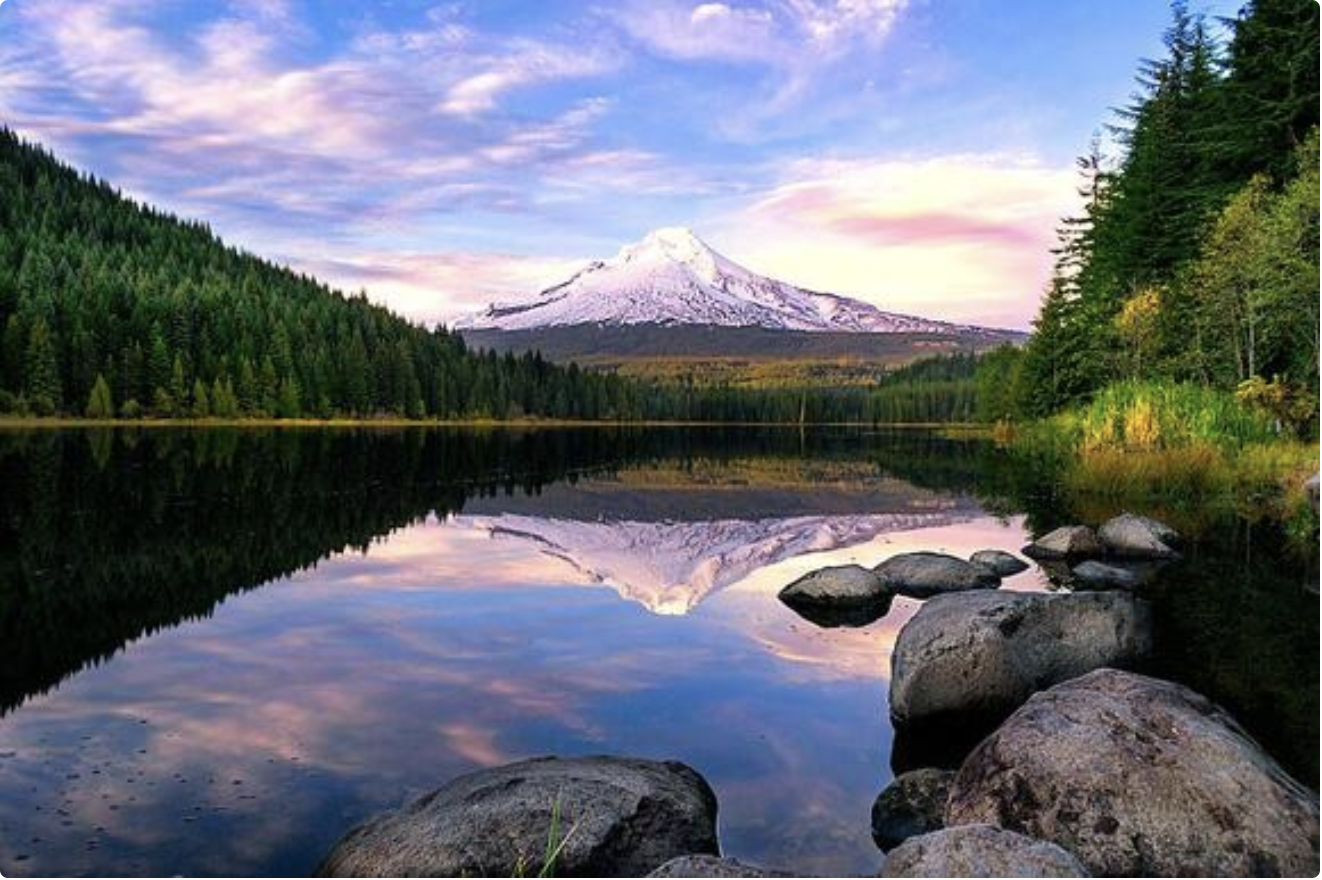As political divisions deepen across the United States, few movements illustrate the country’s internal fractures as vividly as the Greater Idaho Movement — a campaign by conservative Oregonians seeking to leave their liberal state and join neighboring Idaho. What began as a fringe idea has steadily gained traction, fueled by Portland’s ongoing unrest, rural frustration, and national political polarization.
Now, with the return of Donald Trump to the political spotlight and renewed debates over law and order, the long-shot proposal is once again drawing attention from both supporters and critics — and possibly from the highest levels of power.
A Tale of Two Oregons
For years, Oregon’s cultural divide has been widening. On one side stands Portland, the state’s progressive urban hub known for its activism, environmentalism, and “Keep Portland Weird” identity. On the other lies the rural east, where communities feel ignored by state lawmakers in Salem and disconnected from the city’s liberal values.
Also Read
This tension erupted during recent clashes between Portland protesters, ICE officers, and National Guard troops — scenes that many rural Oregonians say reinforced their belief that the state’s priorities no longer reflect their own.
Enter the Greater Idaho Movement, led by Mike McCarter, a retired gunsmith from La Pine. His organization, Move Oregon’s Border, argues that eastern and southern Oregon share far more politically, culturally, and economically with Idaho than with western Oregon.
Supporters say they are tired of high taxes, restrictive gun laws, and what they describe as “urban radicalism.” Their solution? Redraw the map.
The Vision: Joining Idaho
The proposed plan would shift Oregon’s border westward, transferring more than a dozen rural counties — covering nearly two-thirds of the state’s landmass — into Idaho.
Proponents argue that Idaho’s government is more aligned with traditional conservative values: smaller government, Christian ethics, and strict law enforcement. “We just want to live under laws that make sense to us,” McCarter has said in interviews. “Portland can have Portland — we want to live like Idahoans.”
Idaho lawmakers have shown curiosity, if not outright enthusiasm. Several legislators have expressed openness to the concept, even passing a symbolic resolution in 2023 to discuss the idea. Idaho Governor Brad Little has called it “interesting,” though he acknowledged that such a shift faces “enormous logistical and constitutional hurdles.”
Why the Movement Is Gaining Momentum
Recent turmoil in Portland has given the Greater Idaho movement renewed life. Protest violence, rising homelessness, and perceptions of lenient law enforcement have become rallying cries for conservatives statewide. To them, Portland’s problems are proof that Oregon’s leadership is out of touch with rural needs.
Many in eastern Oregon — farmers, ranchers, and small-town business owners — believe their votes no longer matter in a state dominated by urban centers. “Our values are drowned out by Portland politics,” said one supporter in Baker County. “We’re not being represented anymore.”
The possibility of Trump’s political comeback adds another layer of intrigue. The former president’s consistent support for “law and order” policies and his disdain for liberal cities make him a natural ally for movements like Greater Idaho. Some supporters believe that a Trump administration could use its influence to pressure Oregon and Idaho to consider the border change more seriously.
Critics Call It Unrealistic — or Worse
While the idea has captured headlines, critics say the movement is largely symbolic and impractical. Changing state borders requires approval from both state legislatures and the U.S. Congress — a process almost certain to stall.
Opponents also question whether Idaho would benefit at all. Absorbing rural Oregon counties could strain Idaho’s budget, requiring investments in infrastructure, education, and social services. “It’s not as simple as drawing a new line on a map,” said Norman Williams, a constitutional law professor who appeared in The Daily Show’s satirical segment on the movement.
Many also dismiss the campaign as a political stunt designed to raise donations rather than create change. Online critics have called it a “grift,” pointing to overlapping PACs and fundraising structures under McCarter’s name.
On social media, reactions range from mockery to exasperation. One Reddit user quipped, “No thanks. We don’t need more crazies without additional value.” Another joked, “Build hellscape cities in rural Oregon? Sounds like a dream.”
Others pointed to practical concerns, like the loss of Oregon’s legalized cannabis industry. “Can I still buy weed if my town becomes Idaho?” one commenter asked.
From Satire to Serious Politics
Even The Daily Show couldn’t resist weighing in. In a widely shared segment, correspondent Ronny Chieng traveled to Idaho and Oregon to interview locals on both sides. The humorous exchange showcased the cultural chasm between Portland’s progressives and eastern Oregon’s conservatives.
Yet behind the laughter lies a genuine frustration that has been building for years. Supporters insist they’re not joking. Several counties — including Baker, Lake, Grant, and Malheur — have already voted in favor of ballot measures supporting discussions to “join Idaho.”
The Broader Implications
The Greater Idaho debate reflects a deeper truth about America’s political geography: rural and urban populations are increasingly living in different realities. What’s happening in Oregon could be a preview of future attempts in other states where rural residents feel alienated from urban policies.
If the movement were ever to succeed, Idaho would gain vast agricultural territory and an expanded tax base, while Oregon would lose significant land but retain most of its population and GDP. Supporters see this as a “win-win.” Critics call it secession by another name.
Political experts say the chances of Greater Idaho becoming reality remain slim, but not impossible. “Movements like this start as protest symbols,” said political scientist Greg Leo. “But they tap into something real — the growing sense that we’re no longer one country, but two different nations trying to coexist.”
The Road Ahead
As Portland continues to grapple with unrest and ideological divisions, the dream of a redrawn Oregon remains alive among its rural counties.
Whether fueled by political theater, cultural identity, or genuine disillusionment, the Greater Idaho Movement speaks to a national mood of fragmentation — where citizens increasingly look across borders, not within them, for belonging.
For now, it remains unlikely that Congress will ever approve the creation of a “United States of Idaho.” But in a time when political fantasies often shape real policy debates, the idea persists.
If Portland’s instability continues and rural frustration deepens, Greater Idaho’s rallying cry — “Move the border, not the people” — may echo louder than ever.
And in a deeply divided America, that echo might not fade anytime soon.












